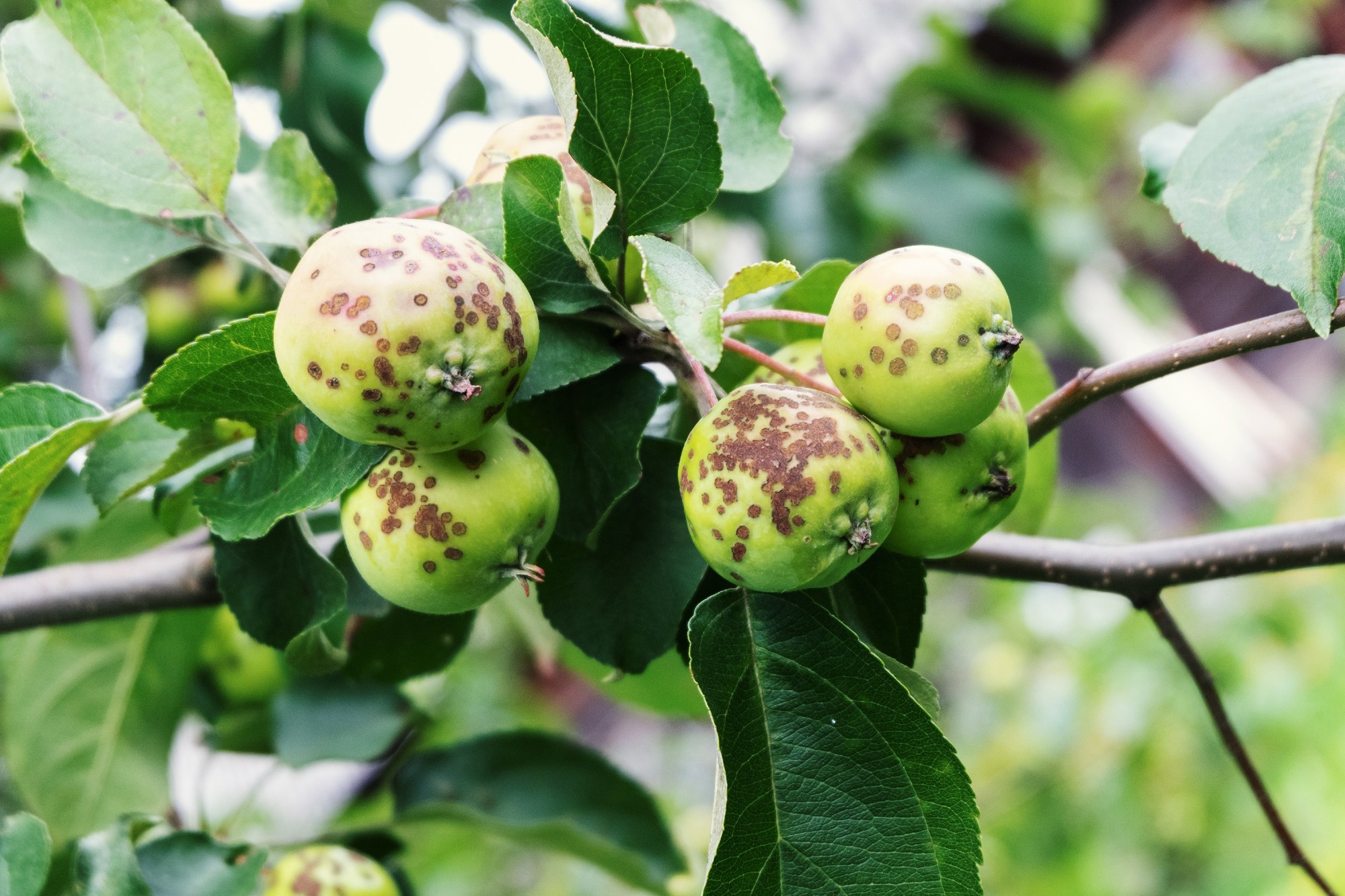A recent article published in the journal Artificial Intelligence in Agriculture provided a cross-comparative review of machine learning (ML) techniques and applications for plant disease detection. Focusing on four economically significant crops including apple, cassava, cotton, and potato, the researchers conducted a thorough analysis of state-of-the-art methods, challenges, and prospects in employing ML for disease identification and management.
 Study: Machine Learning Revolutionizes Plant Disease Detection. Image Credit: Elgub/Shutterstock
Study: Machine Learning Revolutionizes Plant Disease Detection. Image Credit: Elgub/Shutterstock
Background
Plant diseases present substantial challenges to global food security by decreasing crop yields, quality, and marketability. Various pathogens including bacteria, fungi, viruses, and insects can infect plants, disrupting their natural growth and development cycles. Timely detection of plant diseases is important for mitigating their adverse effects and ensuring robust crop yields. However, conventional detection methods such as visual inspection, laboratory testing, and expert consultation are often time-consuming, expensive, inaccurate, or inaccessible.
ML algorithms offer a promising solution to these challenges by accurately identifying and categorizing various plant diseases using datasets comprised of affected crop images. These algorithms excel at recognizing disease patterns and early symptoms, thereby facilitating early detection. Furthermore, ML provides additional benefits in plant disease management by enabling the prediction of soil and climatic conditions suitable for plant growth, identifying pest infestations, detecting spatial proximity issues, and offering various other functionalities.
About the Research
In this review, the authors systematically explored articles published between 2013 and 2023, analyzing trends within the research community regarding the utilization of ML algorithms for plant disease detection. Their study centered on four globally significant crops. They meticulously collected 113 articles meeting their inclusion criteria, such as reporting on the accuracy of individual plant diseases observed and having full text accessible. From these articles, the study extracted data related to metadata, datasets, name, and class of plant disease, results, stages of infection, data pre-processing and cross-validation techniques, scope, and gaps.
The researchers employed a combination of descriptive and analytical statistics, encompassing frequency, mean, standard deviation, analysis of variance (ANOVA), and content analysis, to analyze the data. Their presentation of results focused on the distribution of articles by year, type, database, plant, and ML algorithm. Additionally, they conducted a comparative analysis of the accuracy of various ML algorithms for plant disease detection.
Moreover, the paper identified the plant disease management strategies considered alongside plant disease detection. It delved into discussions regarding opportunities and recommendations for implementing plant disease management strategies in the future. Through their comprehensive analysis and insights, the study provided valuable contributions to the field of plant pathology and agricultural science.
Significance of the Research
The analysis revealed several significant outcomes regarding the research on using ML algorithms for plant disease detection:
- Publication trends: Most articles were published between 2021 and 2022, with journals being the predominant publication type over conferences.
- Database distribution: The majority of papers were published in the Institute of Electrical and Electronics Engineers (IEEE) database.
- ML algorithms: Convolutional neural networks (CNNs) emerged as the most commonly used algorithm for plant disease detection.
- Disease coverage: A total of 91 diseases were explored across the articles, categorized into four classes based on the microorganisms causing them: bacteria, fungi, viruses, and others (pest-related).
- Crop-specific disease exploration: Cassava and apple had the highest number of diseases explored, followed by cotton and potato.
- Algorithm performance: Deep learning algorithms, particularly CNNs, outperformed other ML algorithms in disease detection. A one-way ANOVA confirmed a significant difference in accuracy between deep learning and other algorithms.
- Accuracy ranking: CNNs achieved the highest accuracy, followed by visual geometry group 16 (VGG16), residual network (ResNet), densely connected network (DenseNet), and Inception. Support vector machines, random forest, and k-means were the most commonly used algorithms among others.
- Plant disease management: While most articles focused on diagnosis, few addressed prevention, control, monitoring, and recovery. Diagnosis involved identifying the type, severity, and stage of infection. Prevention encompassed predicting favorable soil and climatic conditions and selecting disease-resistant varieties. Control strategies included pesticide application, removing infected plants, and implementing crop rotation. Monitoring involves tracking disease spread and control measure effectiveness. Recovery focused on estimating affected plants' recovery time, rate, and yield loss.
The study emphasized the benefits of employing ML for farmers, researchers, and policymakers. They highlighted ML's capacity to improve crop quality and quantity, mitigate costs and risks, and enhance income and food security for farmers. Additionally, they highlighted the importance of ML for policymakers in crafting impactful and sustainable agricultural development policies and programs, thereby effectively addressing food security challenges.
Conclusion
The review summarized that ML stands as a promising and powerful tool for plant disease detection and management. However, the authors acknowledged existing challenges and limitations in current research, including issues related to data availability and quality, generalization and scalability, interpretability and explainability, as well as ethical and social considerations.
To address these challenges, they proposed several directions for future work. These recommendations encompass developing ML-based technologies that span the prevention, diagnosis, control, monitoring, and recovery of plant diseases. They also suggested integrating multiple sources and types of data, employing hybrid and ensemble methods, incorporating domain knowledge and expert feedback, and actively addressing the ethical and social implications of applying ML in agriculture.
Journal reference:
- Omaye, J, D., Ogbuju, E., Ataguba, G., Jaiyeoba, O.,et, al . Cross-comparative review of Machine learning for plant disease detection: apple, cassava, cotton and potato plants. Artificial Intelligence in Agriculture. 2024. https://doi.org/10.1016/j.aiia.2024.04.002, https://www.sciencedirect.com/science/article/pii/S258972172400014X?dgcid=api_sd_search-api-endpoint